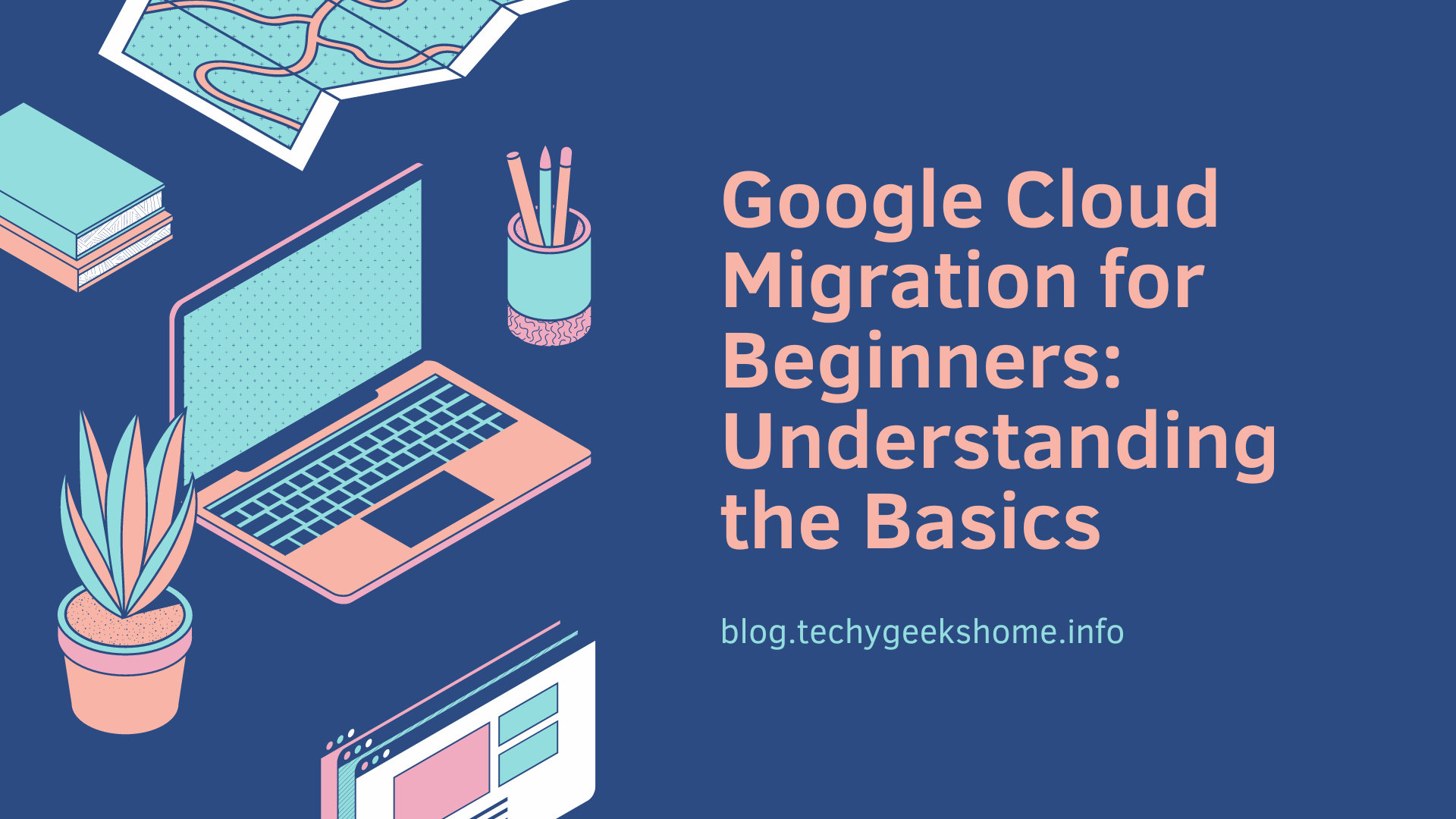As enterprises continue to seek out robust and efficient solutions to streamline their operations, the adoption of cloud technologies is at an all-time high. Among the leading cloud service providers, Google Cloud Platform (GCP) has emerged as a preferred choice for many businesses.
Their comprehensive suite of services can accommodate an array of business needs, from data storage to machine learning. However, before a company can begin reaping the benefits of GCP, they must first navigate the intricate process of cloud migration. This process can be significantly simplified with the assistance of experienced Google Cloud migration partners.
What is Cloud Migration?
Cloud migration refers to the process of transferring digital assets such as workloads, data, and applications to a cloud environment. The specifics of the migration process are highly dependent on the nature of the business and the type of cloud service selected. The end goal, however, is to optimize business operations, foster innovation, and drive cost-efficiency.
Why Migrate to the Cloud?
The decision to migrate to the cloud is primarily driven by the myriad of benefits it offers. These include:
- Cost Efficiency: Cloud migration eliminates the need for costly on-premise infrastructure, thereby reducing capital expenditure. The pay-as-you-go model of cloud services allows businesses to pay only for the resources they consume.
- Productivity Improvements: The cloud not only automates routine tasks but also offers advanced tools and services that can enhance the productivity of your team.
- Innovation Enhancements: The cloud provides a platform for businesses to leverage cutting-edge technologies like AI, IoT, and machine learning.
- Data-Driven Decision Making: With powerful analytics at their disposal, businesses can make informed, data-driven decisions.
- Scalability: Cloud services can be effortlessly scaled up or down to meet changing business needs.
The Google Cloud Advantage
Google Cloud Platform (GCP) offers a range of services that cater to various business requirements. Some of the unique features of GCP include:
- Global Network: Google Cloud operates one of the largest global networks, offering high-speed connectivity and enhanced performance.
- Cost-Effective: Unlike other cloud service providers, GCP follows a minute-based billing system, ensuring that you only pay for the services you use.
- Live Migration: Google Cloud offers the unique feature of live migration of virtual machines, ensuring uninterrupted service during maintenance or upgrades.
Assessing Applications for Migration
Before initiating the cloud migration process, it’s imperative to thoroughly assess your applications and workloads. This involves:
- Auditing your Environment: Evaluate your current environment, considering factors like compute needs, performance output, and response times.
- Itemizing Key Information: Collect information about your workloads, such as server configurations, network topology, and application dependencies.
- Prioritizing Workloads: Based on the above information, categorize your workloads based on their migration complexity.
Selecting the Right Cloud Deployment Model
The choice of cloud deployment model depends largely on your business requirements and the nature of your workloads. GCP offers several options:
- Public Cloud: Best suited for unpredictable traffic and cost-saving objectives.
- Private Cloud: Offers greater levels of control and security, making it ideal for sensitive, business-critical assets.
- Hybrid Cloud: Combines the benefits of both public and private cloud, providing flexibility and control.
- Multi-cloud: Involves the use of multiple cloud services, ideal for businesses looking to avoid vendor lock-in.
Choosing the Right Cloud Migration Strategy
The choice of cloud migration strategy depends on various factors such as the complexity of the workload, licensing requirements, and business objectives. GCP supports three major types of migrations:
- Lift-and-Shift: Involves moving workloads to the cloud with minimal or no modifications.
- Improve-and-Move: The workloads are modified or refactored before migration to better leverage the cloud-native capabilities.
- Remove-and-Replace: The existing application is completely redeveloped as a cloud-native application.
The Four-Step Cloud Migration Process
A successful migration to Google Cloud typically involves the following four steps:
- Plan and Assess: This includes auditing your environment, itemizing key information, categorizing workloads, and prioritizing them for migration.
- Design: Identify the right platform for your workloads, finalize the migration team, and develop a preliminary migration path.
- Pilot Migration: Implement the migration process in a non-production environment to validate the design and address any issues that may arise.
- Migrate: Execute the migration as per the plan, followed by post-migration validation and troubleshooting of any failures or performance issues.
Challenges of Cloud Migration
Despite its benefits, cloud migration is not without its challenges. These include:
- Cultural Shift: The transition to the cloud often necessitates changes in business processes, which may be met with resistance from employees.
- Legacy Assets: The decommissioning of traditional IT assets and data centers can incur contract penalties and other costs.
- Skills Gaps: Managing a cloud environment requires different skills than managing on-premise or data center environments.
- Disruption: Despite thorough planning, issues such as data loss, outages, or performance degradation can occur during the migration process.
Role of Google Cloud Migration Partners
Navigating the complexities of cloud migration can be significantly simplified with the assistance of experienced GCP migration company partners. These partners can provide invaluable guidance throughout the cloud migration journey, helping businesses to make informed decisions and ensure a smooth transition to the cloud.
Conclusion
Migrating to Google Cloud can offer businesses a host of benefits, including cost savings, improved productivity, enhanced innovation, and data-driven decision making. However, a successful migration requires careful planning, the right strategy, and the assistance of experienced Google Cloud migration partners. With the right approach and the right partner, businesses can unlock the full potential of the cloud and drive their growth to new heights.
Discover more from TechyGeeksHome
Subscribe to get the latest posts sent to your email.

